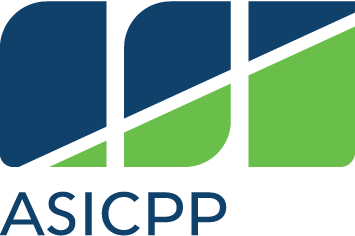Our Context
As a student-powered, sustainable, and fiscally responsible organization, Associated Students, Inc. (ASI) lives the values of care and growth and is fueled by the purpose of transforming lives. Accordingly, ASI aligns, manages, and safeguards fiscal resources to realize the shared vision of engaging EVERY student.
ASI is uniquely situated within the California State University System, more specifically, authorized to serve California State Polytechnic University, Pomona (CPP). The CPP President designated ASI to the Division of Student Affairs. ASI is also connected by system policy and the California Education Code to the Vice President for Administration & Finance/CFO. ASI is recognized by the state of California as a 501(c)(3) and is governed by a Board of Directors comprised of Cal Poly Pomona Student Leaders elected by the student body.
As a CSU student body/center auxiliary organization, ASI is legally bound by the California Education Code and Operating Agreement with the CSU Board of Trustees and CPP campus. Therefore, ASI consults with the university to align with community expectations and operate in conformity with CSU and campus policies.
As a semi-autonomous, enrollment-dependent, student-run auxiliary, ASI is predominantly funded by mandatory student fees paid by Cal Poly Pomona students. The remainder of revenue comes from other sources e.g., memberships, sales, rentals, sub-leases, program fees, and donations.
We Believe
Cal Poly Pomona students and stakeholders expect ASI fees to be as low as possible while receiving high-quality facilities, programs, and services. They expect ASI to manage fiscal resources prudently and professionally, which means stretching student dollars further, not offering students things they do not want, use, or need, and by avoiding any perceived or real conflicts of interest i.e., no ASI director, officer, or employee shall engage in a situation where they derive personal benefit from actions or decisions made in their official capacity.
ASI is expected to provide clear, sensible boundaries and processes, establishing only necessary barriers, while ensuring the long-term fiscal health of ASI. To transform and engage future students of CPP, ASI strategically plans for and maintains adequate reserve and allocation funds, as stipulated by the Board and respective stakeholders.
The CSU makes every effort to keep student costs to a minimum. Fees listed in published schedules or student accounts may need to be increased when public funding is inadequate. Therefore, CSU must reserve the right, even after fees are initially charged or initial fee payments are made, to increase or modify any listed fees.
All listed fees, other than mandatory systemwide fees, are subject to change without notice, until the date when instruction for a particular semester or quarter has begun. All CSU listed fees should be regarded as estimates that are subject to change upon approval by the Board of Trustees, the Chancellor, or the Presidents, as appropriate. Changes in mandatory systemwide fees will be made in accordance with the requirements of the Working Families Student Fee Transparency and Accountability Act (Sections 66028 – 66028.6 of the Education Code.)
More information is available on the CSU Tuition & Fees website.


ASI Fees Breakdown
Why do students have to pay “mandatory” fees such as the ASI fee and the ASI Facilities & Operations fee to attend CPP? Why do such fees exist and what purpose do they serve? Let’s break it down together.
Common Questions
ASI Money Myths
The Bronco Recreation and Intramural Complex (BRIC) is the reason why tuition keeps going up.
False. The fees that are paid for the BRIC are separate from the General Fund dollars that support the academic program. The BRIC fee revenue cannot be used for classes, professor salaries, or instructional materials.
Students who do not use the Bronco Recreation and Intramural Complex (BRIC) or Bronco Student Center (BSC) do not have to pay for it.
False. Per the California Education Code, all enrolled students are subject to pay mandatory fees.
ASI is out to make a profit.
False. As an incorporated non-profit company and a recognized CSU Auxiliary organization, ASI serves Cal Poly Pomona by managing the BSC and BRIC facilities, overseeing the accounts for student clubs, and administering the Instructionally Related Activities accounts. ASI’s revenue covers the cost of programs and services, operations, and student employment from student fees and is therefore not out to make a profit.
Student leaders are paid a lot of money for their work in ASI.
False. The Senate and Cabinet student leaders are not paid employees of ASI, although they do receive small scholarships. Student leaders spend a minimum of 20 hours per week supporting ASI programs and services, making it difficult for them to have other jobs on top of their academic coursework. The scholarship they receive helps offset the time they could be working elsewhere.



